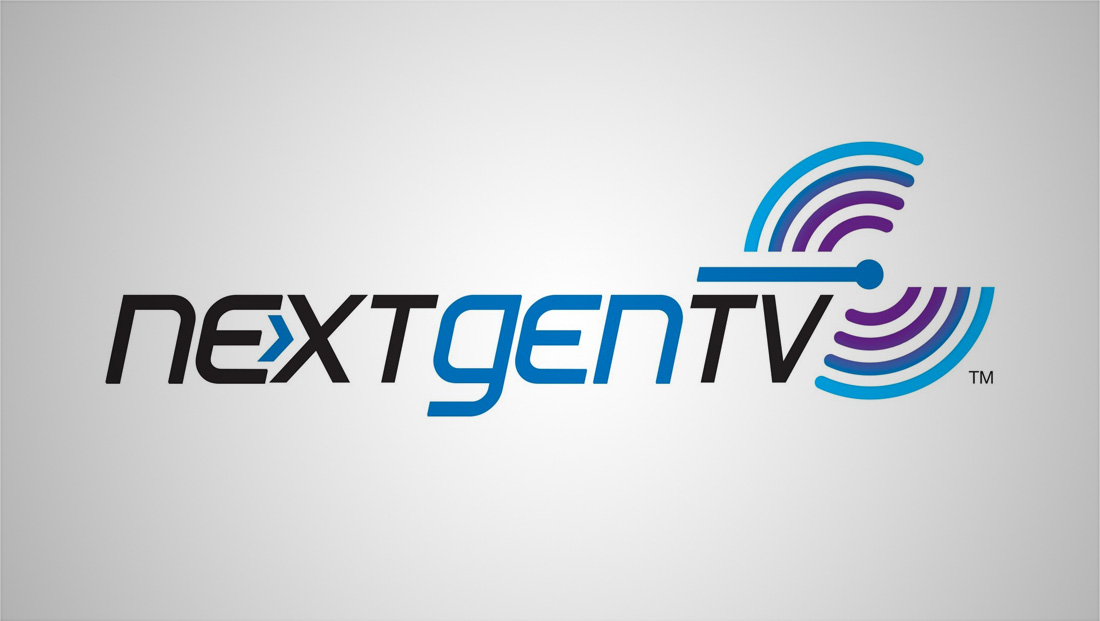Pearl TV pushes FCC for firm NextGen TV transition timeline as device adoption lags

Subscribe to NCS for the latest news, project case studies and product announcements in broadcast technology, creative design and engineering delivered to your inbox.
Pearl TV executives met with Federal Communications Commission staff this month to press for regulatory certainty around the transition to ATSC 3.0, warning that delays in setting a firm sunset date for legacy broadcasts could derail consumer device adoption and affordable converter box availability.
Anne Schelle, managing director of Pearl TV, and legal counsel Gerard Waldron met July 8 with Jessica Kinsey, legal advisor to Commissioner Trusty, according to an ex parte filing dated July 10. The meeting focused on the industry consortium’s push for the FCC to issue a Notice of Proposed Rulemaking that would establish concrete transition timelines.
The broadcast industry has deployed NextGen TV to 76% of U.S. households across 73 of the top 100 television markets, reaching approximately 96 million households and 258 million viewers. However, Pearl TV’s presentation materials indicate that only 15 million ATSC 3.0-enabled televisions have been distributed to date, with manufacturers projecting just 5 million additional units by 2025.
“Regulatory transition signals are needed to significantly increase shipments of televisions and set-top boxes starting in 2026 and 2027,” according to Pearl TV’s presentation slides accompanying the filing.
The consortium, which includes major broadcast groups Cox Media Group, Graham Media Group, Gray Media, Hearst Television, Nexstar Media Group, E.W. Scripps Company, Sinclair Inc. and Tegna Inc., emphasized that receiver development cycles require 18 months from commitment to market availability.
Without FCC action establishing transition dates, Pearl TV argues that manufacturers will continue taking a “wait-and-see approach.”
“Each quarter that passes without a definitive signal and an NPRM increases the risk of extending the timeline by another year, as development and manufacturing processes are tied to seasonal and retail schedules,” the filing states.
The timing pressure extends beyond television manufacturers to system-on-chip providers and operating system developers who have not yet committed resources to ATSC 3.0 compatibility. Development timelines must synchronize with new operating systems like SmartCast and Roku and broadcaster certification standards.
Pearl TV’s materials show the industry expects additional expansion in 2025 in preparation for the conversion of the top 55 markets by February 2028, a timeline that would require immediate regulatory action to meet manufacturer deadlines. The consortium estimates that six additional markets launching NextGen TV would increase U.S. coverage to 80%.
The consumer features driving adoption include high dynamic range color with Dolby Vision reaching 84 million households, Dolby Atmos audio serving 69 million households, and interactive applications available to 70 million households. Pearl TV projects these numbers will grow to 80 million households each by 2025, with program restart functionality reaching 50% of households.
Marketing efforts through the WatchNextGenTV.com website have generated more than 2 million visits since launch, with over 300,000 television spots aired alongside manufacturer partnerships. The consortium noted that consumers are returning televisions without NextGen TV capability, indicating demand for the technology.
Separately, Sinclair Inc. filed its own ex parte communication describing meetings with FCC staff about EdgeBeam Wireless, a joint venture leveraging ATSC 3.0 for data distribution services. Patrick McFadden, Sinclair’s senior vice president of global public policy and communications, met with staff from Chairman Carr’s office and Commissioners Trusty and Gomez.
EdgeBeam aims to use broadcasters’ one-to-many network architecture for applications including automotive software updates, streaming content delivery network offload and enhanced GPS precision. McFadden emphasized the urgency of setting an ATSC 1.0 sunset date, proposing February 2028 for top 55 markets and February 2030 for remaining markets.
“ATSC 3.0 is a game-changing opportunity for broadcasters to diversify their revenue streams and ensure that they can continue to serve their viewers – but time is of the essence,” McFadden wrote.
Pearl TV did not have further comment on the meeting beyond the FCC filings.
The National Association of Broadcasters filed a petition for rulemaking in April seeking Commission action to facilitate the NextGen TV transition, with the Media Bureau opening a comment period that remains active.
Subscribe to NCS for the latest news, project case studies and product announcements in broadcast technology, creative design and engineering delivered to your inbox.




tags
Anne Schelle, NextGen TV ATSC 3.0, Pearl TV
categories
Broadcast Engineering, Heroes, NextGen TV, Policy